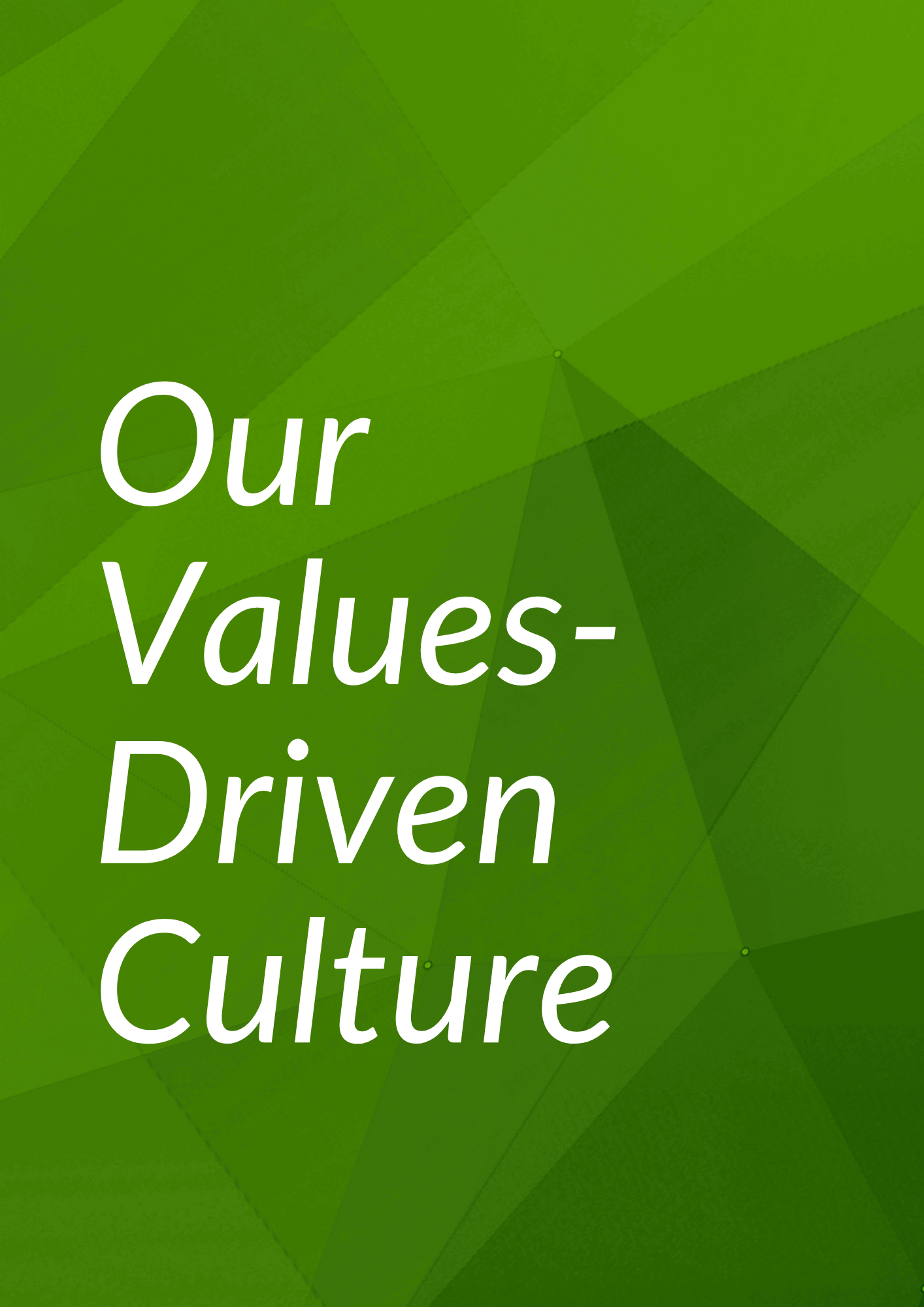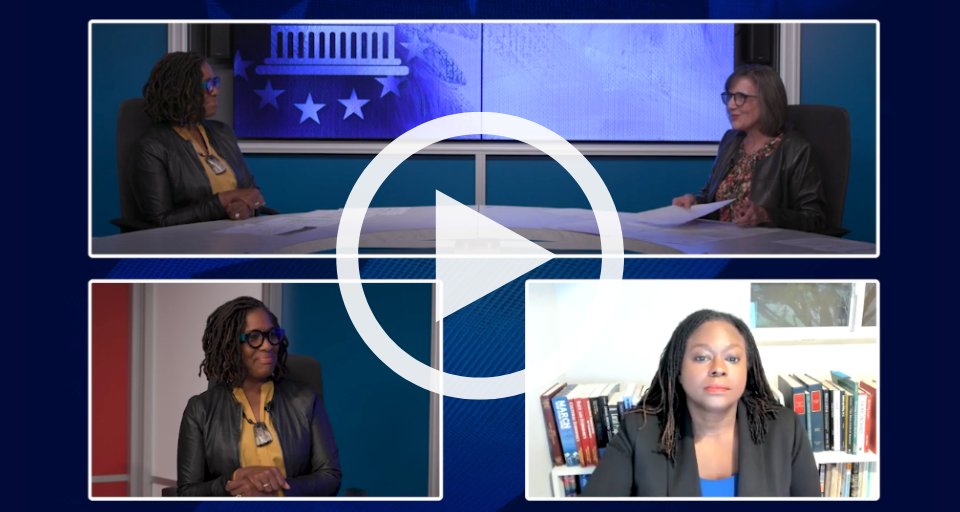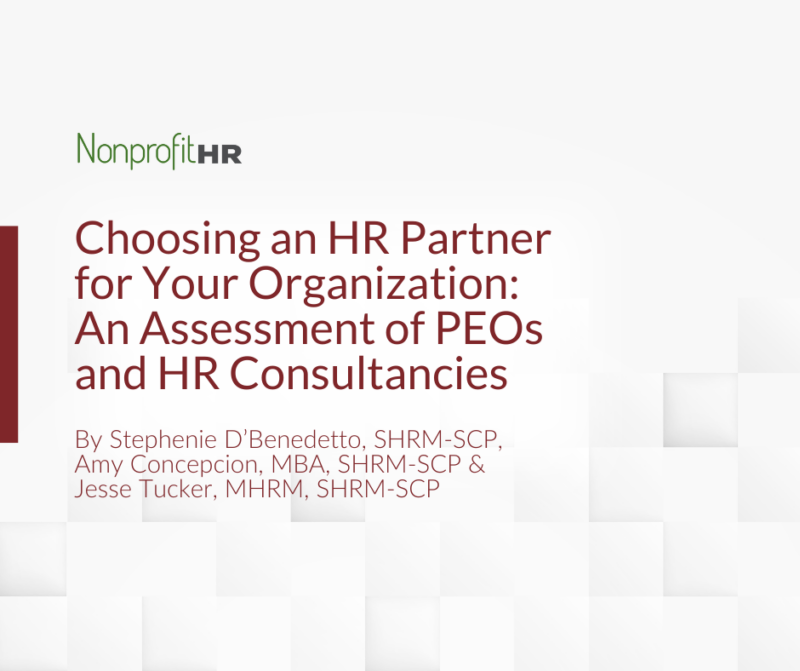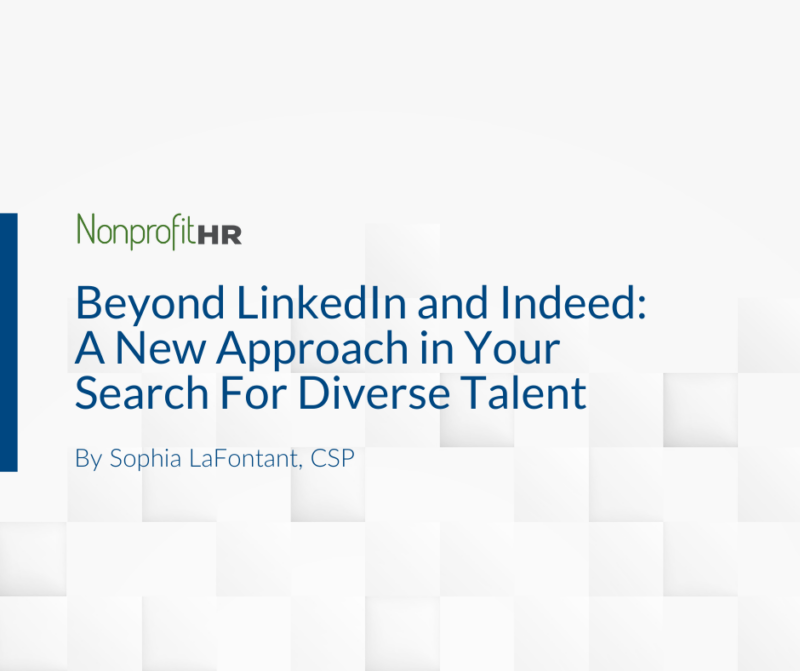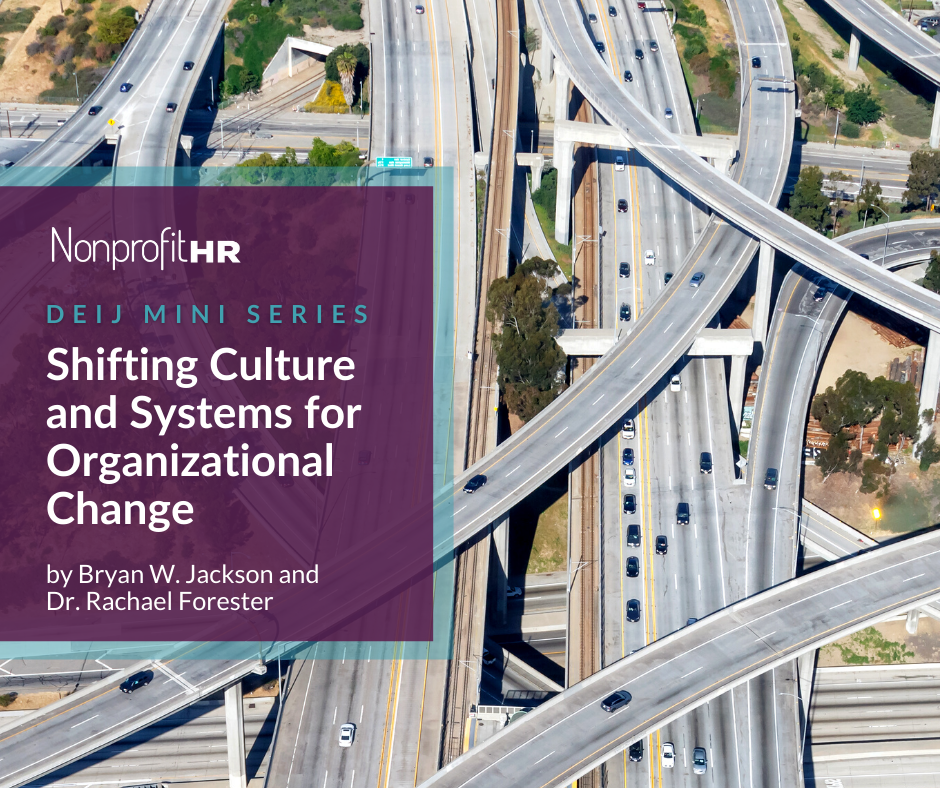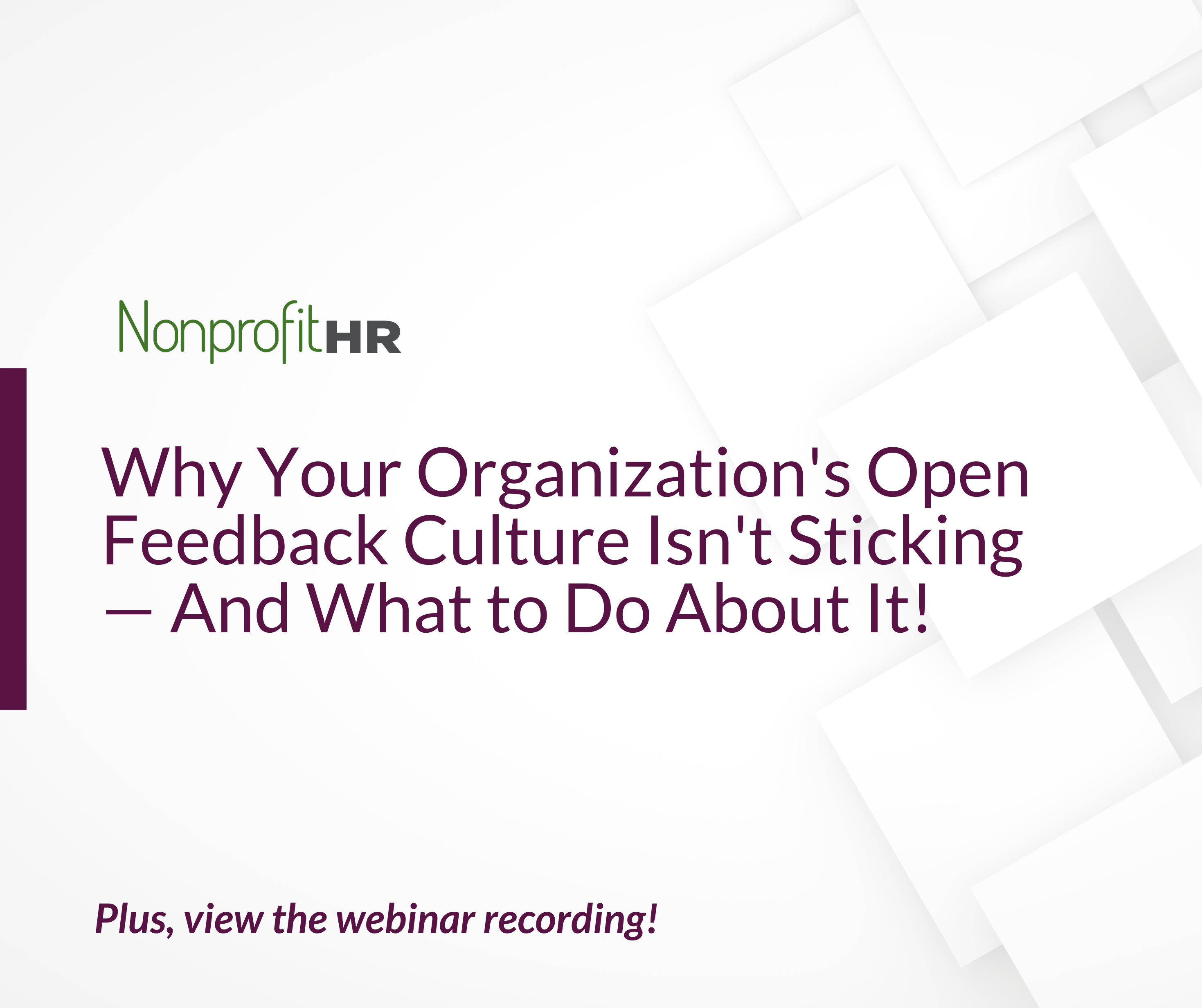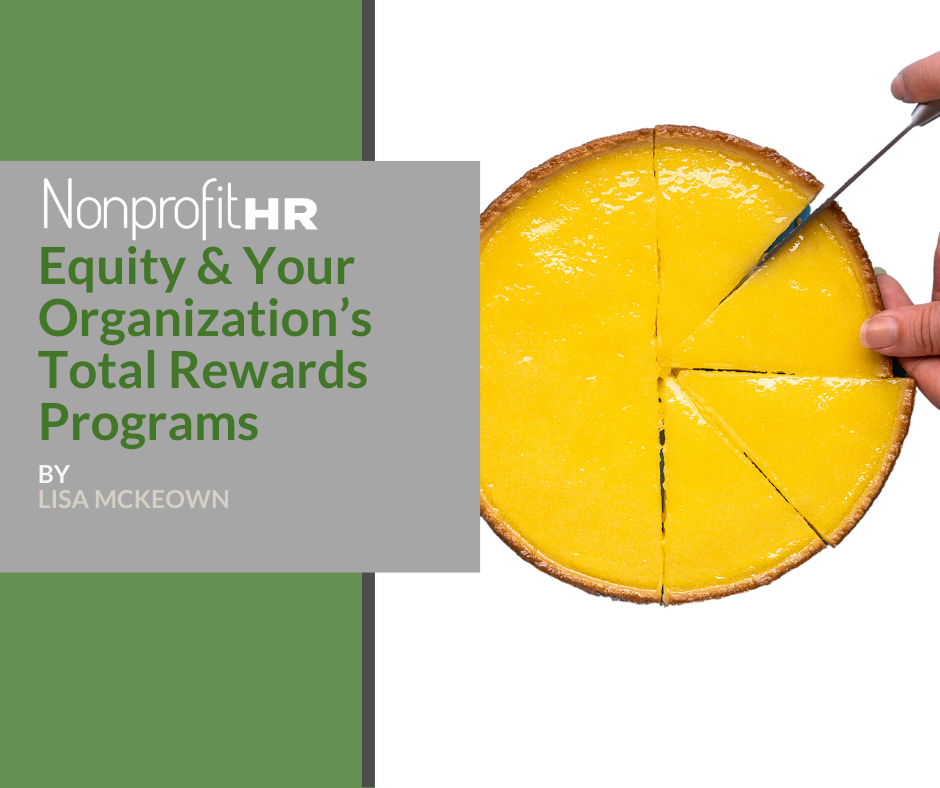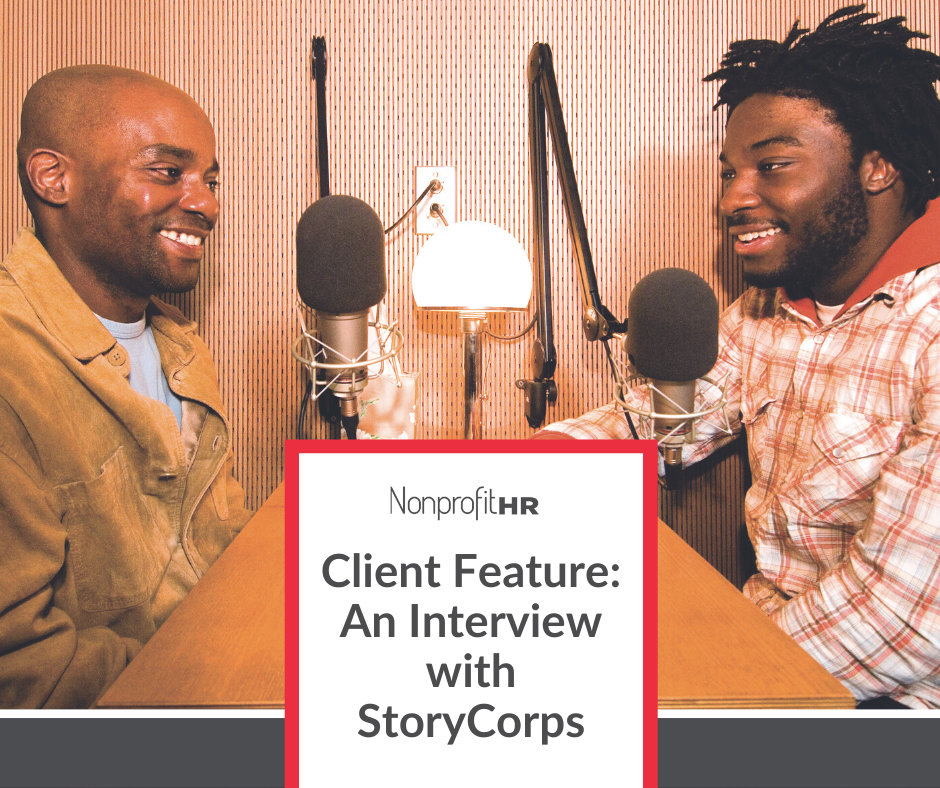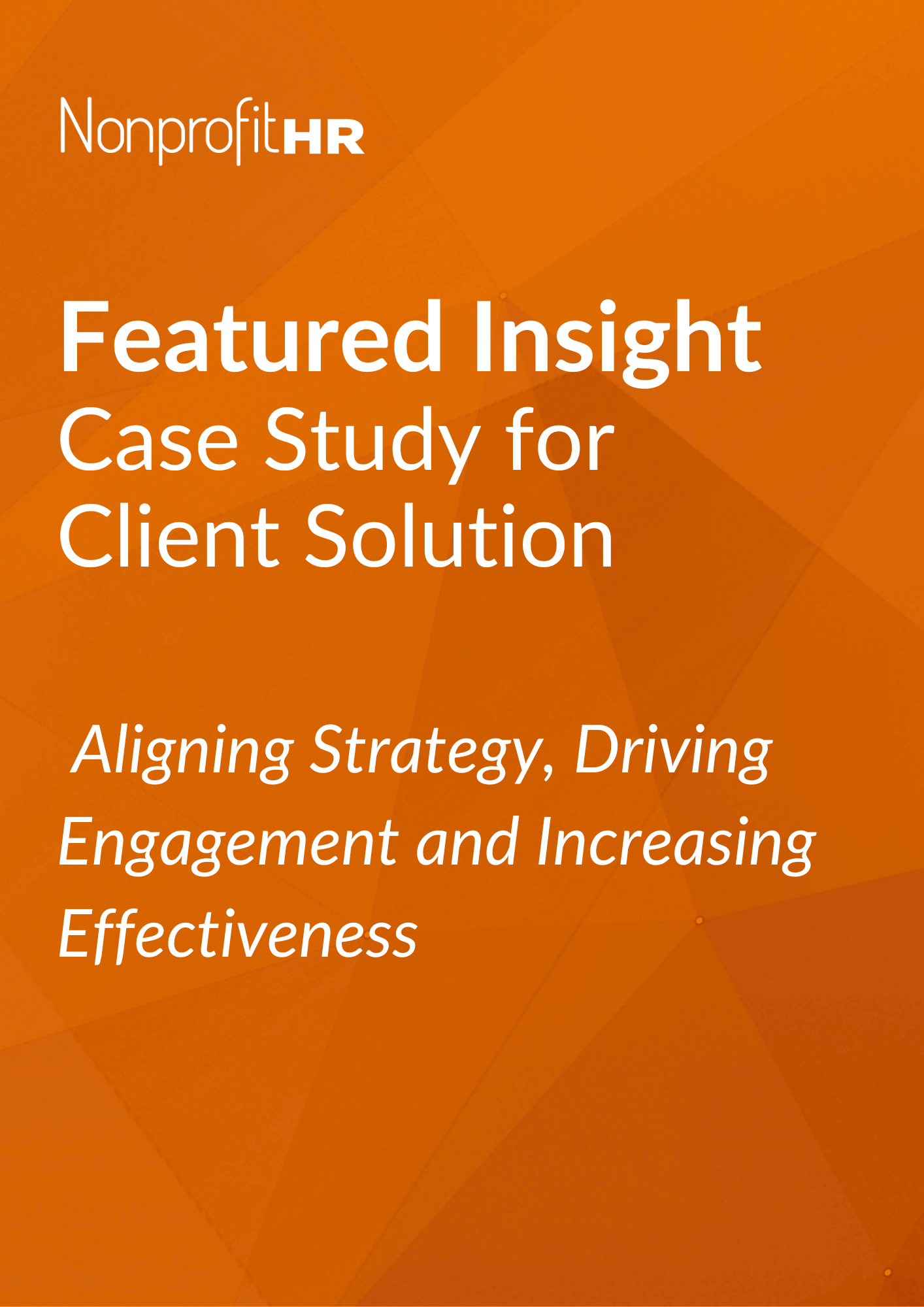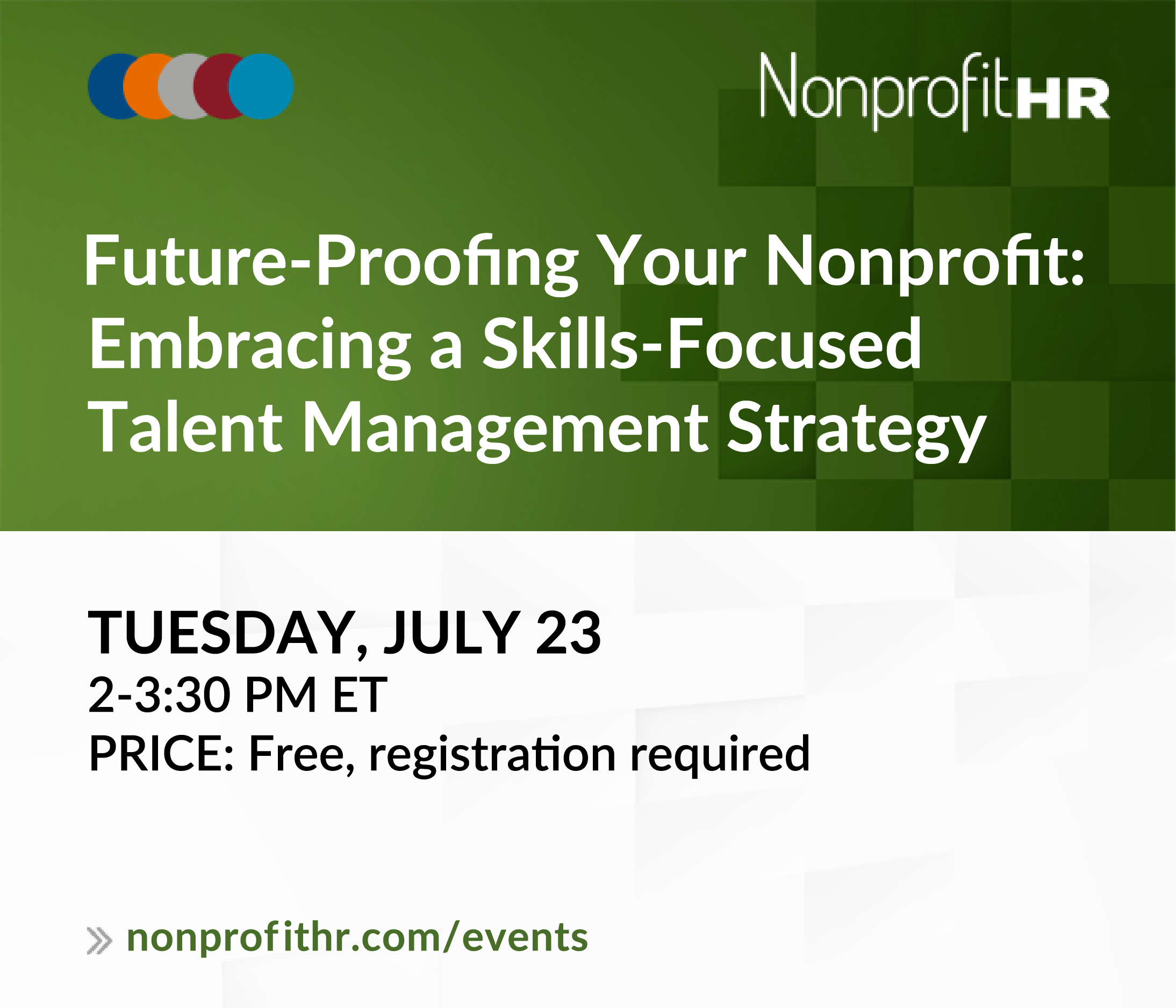WTOP: 5 ways nonprofits can…
Nonprofit HR Staff Story
2021 Veteran Spotlight
At Nonprofit HR, we value, support and thank those on our team who have served in the United States Armed Forces. Veterans Day is a time for us to pay our respects to those brave souls who have defended and protected our nation and this year we are recognizing three employees for their military service. In this interview, Atokatha Ashmond Brew (AAB), Managing Director of Marketing & Strategic Communication, sits down with a Nonprofit HR colleague to learn her story of service and how her early career beginnings in the military providing human resources an talent acquisition support paved the way for her transition to serving the human resource needs of nonprofits.
AAB: How does HR for nonprofits align with your background?
Tameka: With my background coming from the military, and working with defense contractors post-military, one thing I will say is agility. Agility is a necessity for the nonprofit community and an internal Nonprofit HR shared value, and flexibility is my aim. In the military, there’s always something to be done, a characteristic to take on. I was able to bring that into my work with Nonprofit HR and specifically with different clients, learning their priorities, practices and procedures, in addition to Nonprofit HR’s. It has been a nice transition and directly aligns with what I was used to doing in the military.
I would also like to add the camaraderie and collaboration. Something that’s core to any military experience is one team, one fight—meaning we are all brothers and sisters in arms. My early days of transitioning into Nonprofit HR showed me how everyone is so helpful, from the knowledge sharing to the buddy program we have that brings new employees forward. When I do not know something or need support, I am able to reach out to one of my consulting colleagues who are always willing to help me at the drop of a dime. Being at service together for a common and shared goal goes hand in hand with the military.
AAB: Please share what roles you’ve held in your career—military and civilian.
Tameka: My branch was Navy and the military was my first job. I went into the military right after high school. I entered aviation and was supposed to work on an aircraft carrier and top deck with the aircrafts. I accidentally got put in an HR position, because I found an area of opportunity for my department in which I created an onboarding process.
Since then, the positions that I’ve held in the military are aviation, engineering, welding, and I even worked on restrooms, or what in the military we call “the head”, restoration. We put together the restrooms, showers, sinks, toilets and anything else in the lavatories. Of course, this means I am great at home projects! After that stint, I was able to go back into aviation because they needed someone who could handle the HR side. And so, that’s when I really got to get the bulk of experience in human resources.
AAB: What can nonprofits do to better understand and make space for veterans?
Tameka: I would encourage organizations to connect with the local workforce department, many of them work with veterans. Also, understand the areas that are heavily veteran populated and that the individuals in the military have a unique set of skills that transition easily to many roles. I mean, military employees are taught leadership, collaboration and discipline. So, if individuals can recognize it, they would be able to maximize that expertise for the success of their organization. Personally, a lot of civilian organizations did not even count my military HR experience, because they felt that it wasn’t “real HR experience.” Military HR is HR and sometimes, a lot more.
AAB: You all talked about different phases of your career, what was the actual transition out of the service like?
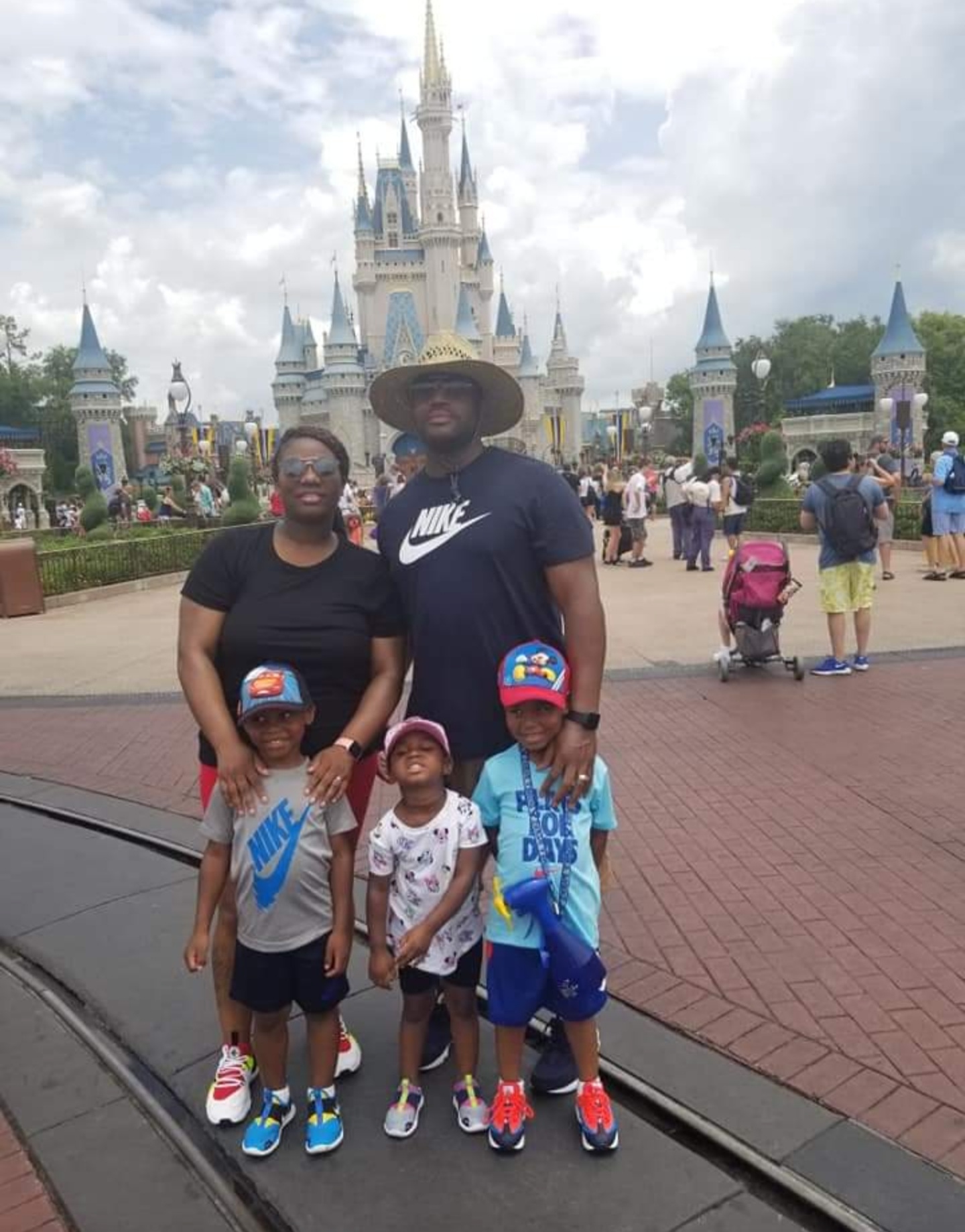 Tameka Lockhart-Spann & Family
Tameka Lockhart-Spann & FamilyTameka: You know, I was very fortunate as well transitioning out. While I was in, I went to nursing school and I was going to transition into an officer program as a nurse. I worked in the Veteran Affairs (VA) facility while I was in the military, in Hampton Roads, and then I realized I did not want to be a nurse. While I love the nursing profession and still support it when I can, I pursued other interests. Education has always been a priority for me and is one of the main reasons I went into the military, because my parents couldn’t afford to pay for my education. I went in for the education and pursued my studies, and then Cupid shot me while I was at service. That’s where I met my husband who also is in the military. This smoothened the transition process for me because he was still in. We still live in the Hampton Roads area where all branches are present and a lot of employers have prioritized prior military service with their talent attraction programs. In fact, many companies in our area are run by retired military. Yet, though I was very fortunate, some of my friends were struggling with that transition.
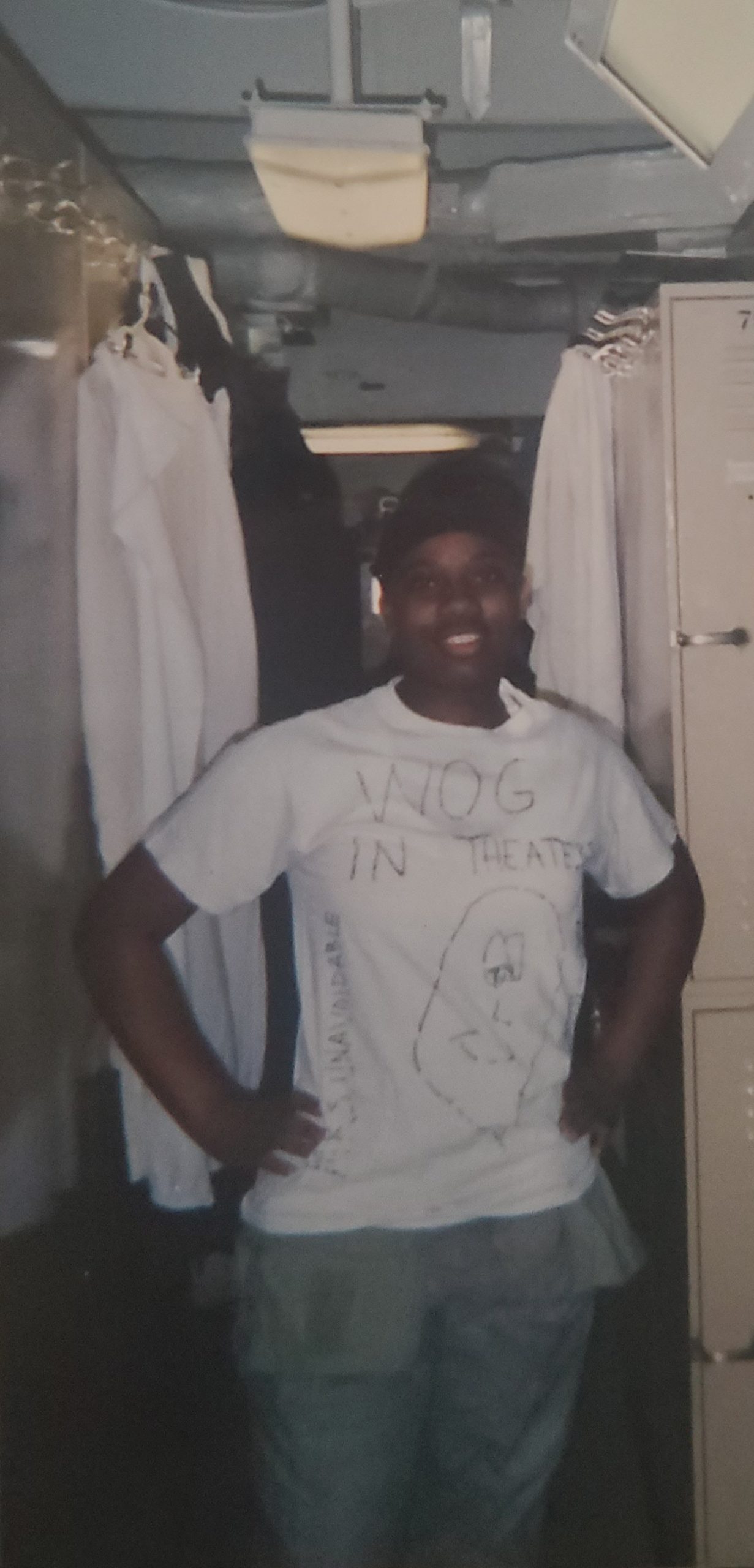 Tameka Lockhart-Spann going from Wog to Shellback, a Navy tradition. Tameka’s ship was crossing the equator.
Tameka Lockhart-Spann going from Wog to Shellback, a Navy tradition. Tameka’s ship was crossing the equator.AAB: What is the bravest thing you’ve done?
Tameka: Well, I’ve jumped off the platform into the Persian Gulf. And because I’m from west Texas where there is no water, no hills, no trees and just flat land, that was a really brave move for me. I wouldn’t say I am a professional swimmer. Let’s just say I can stay afloat to save my life, but then here I am on this ship with 7,000 other people that I don’t know in the middle of the ocean. The ship is like a floating city. That’s what we’d call it, and it includes its own police department, fire department, stores and all on it. Today, I know that serving was the best thing I could have done in my life.
AAB: What are a few lessons that nonprofits can learn from the way that the U.S. Armed Forces function and operate?
Tameka: Serve not only your communities but your employees. You have to have great leadership to stay afloat in the military because it can be mentally, emotionally and physically draining. Not only as you serve your communities and push your mission forward, but to make sure you’re doing it for your employees as well.
AAB: My final question to you all is more focused on career tracking. As three women of color, did you know early on that the military was a viable career option? How far back did you know that this was an option for you?
Tameka: I would say, when I was in elementary school, I saw a Navy commercial and I remember telling my friend, I think I’m going to go to the Navy. I didn’t really think much into it because I’m the first person in my family to join the military. Like I said, I’m from west Texas where the military wasn’t even on the radar. I just saw this one commercial. Then, later on, in high school, I saw the movie “Antwone Fisher” and I said, “Of course I’m going to the Navy.” Based on the movie and seeing him travel, I said, “Yeah, I’m traveling.” But, I will say that what the military can do is bring more awareness and exposure into diverse communities. Partnering with elementary school career programmers just to showcase different options that you can have in the military and how that relates to the civilian world is also a missed opportunity.
Note: Interview responses provided in this story were shared by each team member and represent their memories of serving in the U.S. Armed Forces. The views expressed are those of the interviewees and do not reflect the official policy or position of the U.S. Armed Forces or U.S. Government. For questions about this story, please email Atokatha Ashmond Brew at abrew@nonprofithr.com.
 | With over nine years of experience working in human resources, Tameka Lockhart-Spann works as a strategic partner providing full spectrum talent management/HR support and assistance to employees and managers. She is experienced in supporting organizations with over 650+ employees and maintains expertise in employee relations, HRIS system implementation, onboarding/offboarding, benefits administration, employee engagement, policy development and compliance. Read Tameka’s full bio. |
Browse more staff stories in our archive.
[/fusion_content_box][/fusion_content_boxes][/fusion_builder_column][/fusion_builder_row][/fusion_builder_container]


